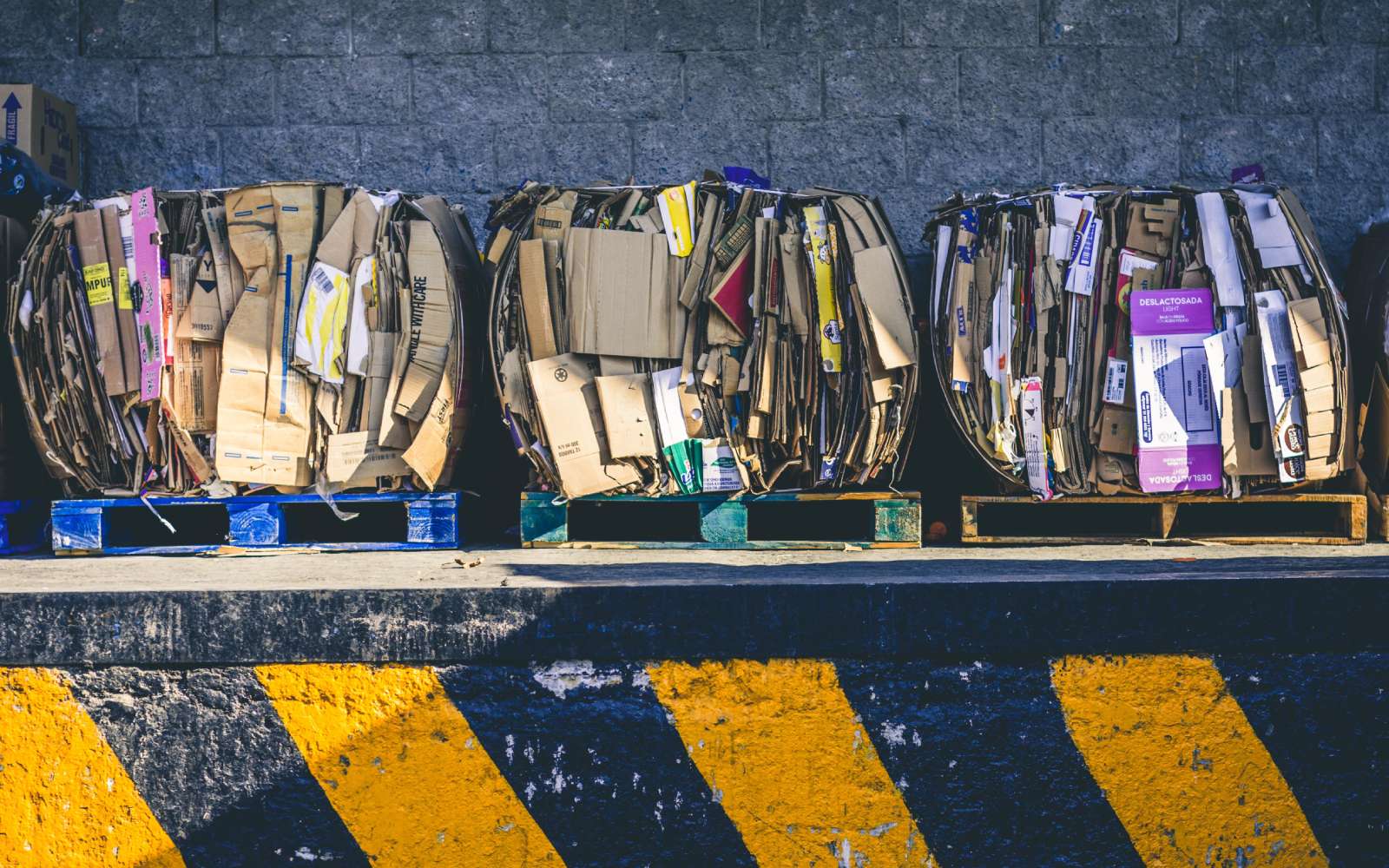In a world increasingly driven by consumption, the sheer volume of packaging waste has become a pressing environmental issue. From the vast amounts of plastic permeating our oceans to the mountains of cardboard generated by the e-commerce boom, the impact is undeniable. This necessitates a rethink of conventional packaging strategies, with a shift towards circular economy principles.
The circular economy model envisions a closed-loop system where resources are not disposed of after use but are instead reused, repurposed, or recycled. This approach reduces waste, mitigates environmental impacts, and can also lead to economic benefits.
In the UK, many businesses have been spearheading initiatives to promote circular economy practices in packaging. A notable example is Hickman Design, which has been repurposing old Amazon packaging for its e-commerce business. This article will delve into these innovations, looking at various approaches being employed to reduce plastic, paper, and cardboard waste.
Table of Contents
Companies Reusing Packaging: A Case Study of Hickman Design
Hickman Design, a UK-based e-commerce business, has demonstrated that companies can be both environmentally friendly and cost-effective. Recognising the vast amount of packaging that Amazon and other e-commerce giants generate, Hickman Design saw an opportunity to reduce waste.
The company collects used Amazon packaging from local businesses and individuals, checks it for quality and cleanliness, and then repurposes it for shipping its own products. This strategy not only reduces waste but also lowers costs by eliminating the need to purchase new packaging materials. This reuse-focused approach has allowed Hickman Design to lower its environmental footprint significantly while also saving on operating costs.
Approaches to Reduce Plastic Waste
Plastic packaging is a significant contributor to global waste, with its non-biodegradable nature posing severe environmental challenges. Here are several methods companies are employing to reduce plastic waste:
1. Using Biodegradable and Compostable Plastics
Biodegradable and compostable plastics offer an alternative to traditional petroleum-based plastics. These materials break down under certain conditions into non-toxic components, reducing their impact on the environment.
2. Incorporating Recycled Plastics
Some businesses are shifting to using recycled plastics in their packaging. This not only reduces the demand for new plastic production, but also gives a second life to plastic waste that would otherwise end up in landfill.
3. Implementing Plastic-Free Packaging Strategies
Many companies are striving to eliminate plastic from their packaging altogether. This often involves switching to materials like glass, metal, or paper, which are more easily recycled and have less environmental impact.
4. Introducing Returnable Packaging Systems
In a returnable packaging system, customers return the packaging for a product after use, and the company cleans and reuses it. This model dramatically reduces the need for single-use plastic packaging.
Approaches to Reduce Paper & Cardboard Waste
While paper and cardboard are more readily recyclable than plastic, they still represent a significant portion of packaging waste. Below are some strategies businesses are employing to reduce this waste:
1. Optimising Packaging Design
By optimising their packaging design to use less material, companies can significantly reduce paper and cardboard waste. This might involve reducing the size of boxes, eliminating unnecessary components, or designing packaging to be more easily disassembled for recycling.
2. Using Recycled Paper and Cardboard
Using recycled paper and cardboard can substantially reduce the environmental impact of packaging. The process of recycling paper and cardboard uses less energy and water than producing new materials, and it also diverts waste
from landfills.
3. Introducing Reusable Packaging Systems
Similar to returnable packaging systems for plastic, reusable packaging systems for paper and cardboard involve customers returning packaging to the company for cleaning and reuse. This can significantly reduce the amount of single-use packaging waste generated.
4. Encouraging Consumer Recycling
Companies can play a role in promoting recycling among their customers. This can involve providing clear instructions on how to recycle packaging, using easily recyclable materials, or partnering with recycling programs.
In conclusion, the UK market has seen a surge in businesses adopting circular economy principles to reduce packaging waste. Innovative companies like Hickman Design are setting an example by reusing existing packaging, while others are focusing on reducing plastic, paper, and cardboard waste through various approaches. These initiatives demonstrate that a sustainable, circular economy is not only achievable but also beneficial for businesses and the environment alike.

